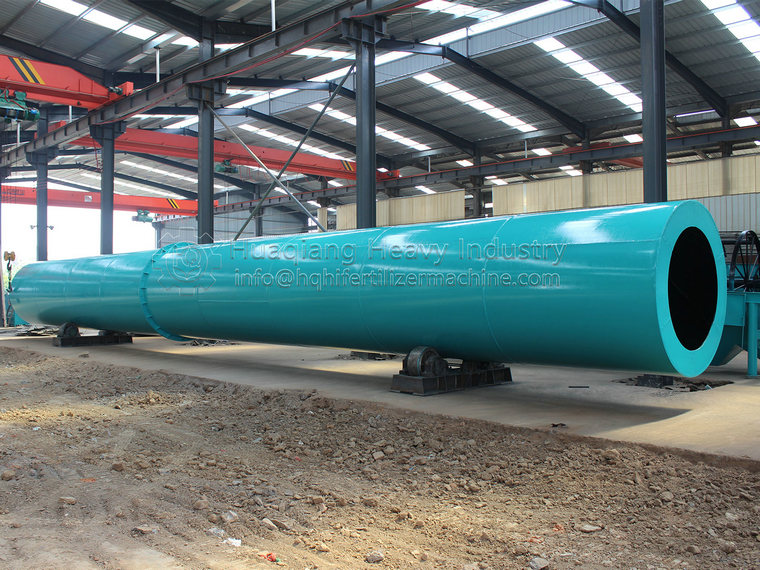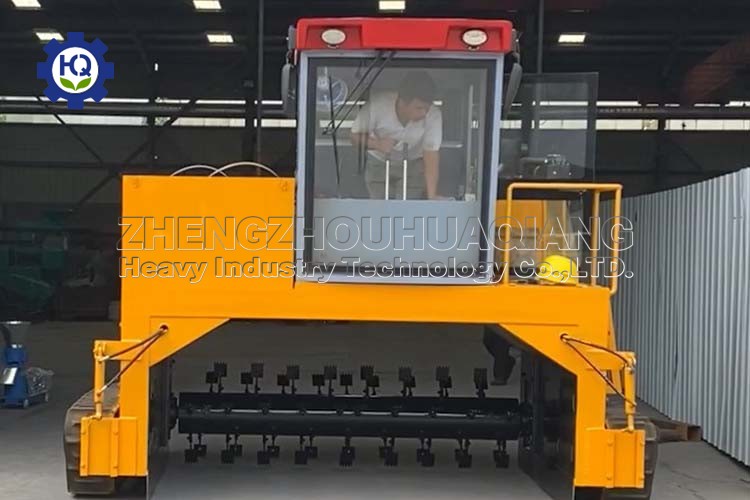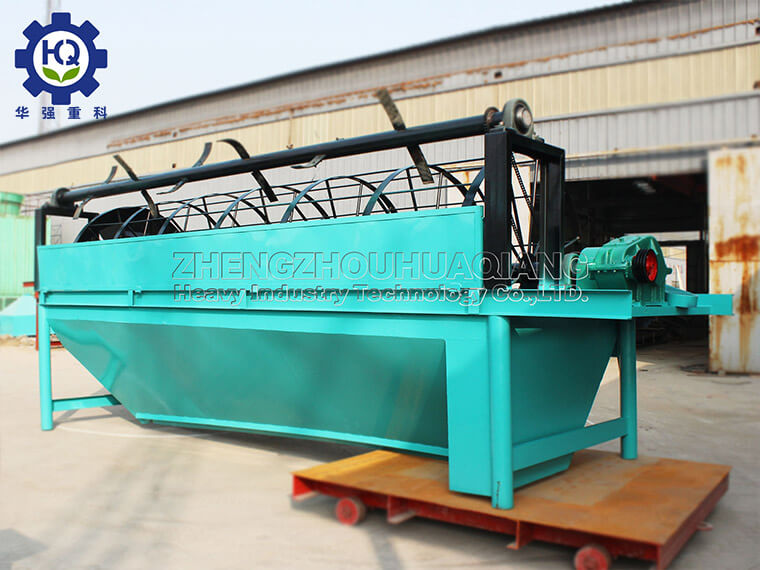How to choose the appropriate chicken manure organic fertilizer equipment
When choosing a suitable chicken manure organic fertilizer equipment, the following key factors should be considered:
Raw material characteristics: Analyze the moisture content, particle size, composition and other characteristics of chicken manure, and select equipment that can adapt to these characteristics.
Production demand: Based on the expected production scale, determine the processing capacity of the required equipment to ensure that it can meet production needs.
Fermentation process: Select equipment suitable for chicken manure fermentation, such as aerobic or anaerobic fermentation equipment, as well as related organic fertilizer turners and mixers.
Equipment quality: Choose durable, efficient, and energy-saving equipment to ensure long-term stable operation and lower maintenance costs.
Environmental requirements: Ensure that the equipment complies with local environmental emission standards, such as reducing dust and odor emissions..jpg)
Easy to operate: Choose equipment that is easy to operate and maintain to reduce the skill requirements and workload of operators.
Budget limitation: Based on the project budget, select cost-effective equipment while considering the operating costs and potential scalability of the equipment.
After sales service: Choose suppliers with good after-sales service to receive timely support and solutions in case of equipment problems.
Supplier Reputation: Assess the market reputation and historical performance of suppliers, select reputable suppliers to ensure the quality and service of equipment.
Technical Support: Confirm if the supplier can provide comprehensive technical support, including equipment installation, debugging, training, and technical consulting.
By considering the above factors comprehensively, you can choose the most suitable chicken manure organic fertilizer equipment for your specific needs, ensuring the smooth operation and efficient output of the production line.


.jpg)


.jpg)
.jpg)

